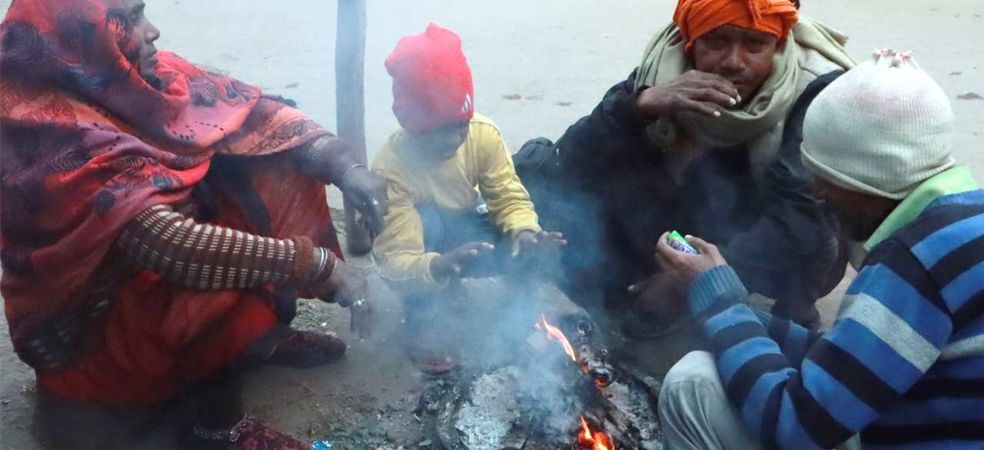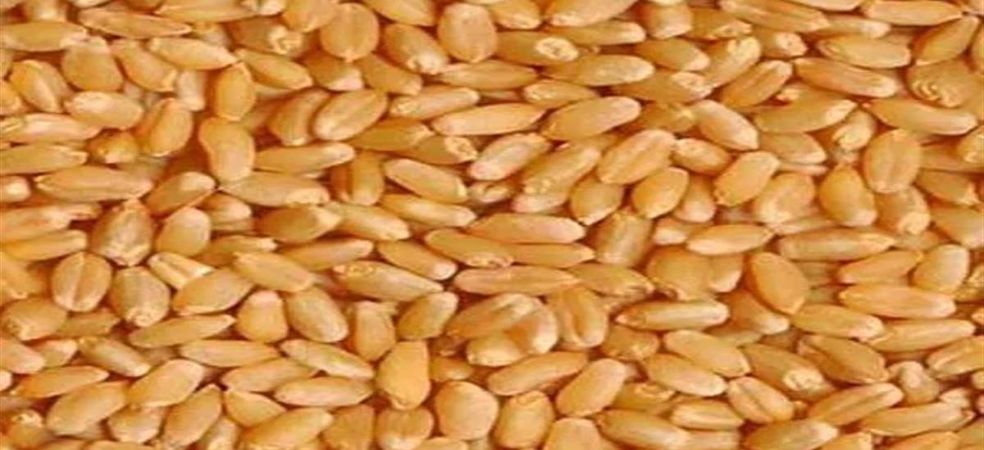A rise is being seen in the market price of mustard. See what are the prices of mustard in different mandis of Madhya Pradesh!
| Rates of Mustard in the mandis of MP |
| District |
Market |
Variety |
Minimum Price (per quintal) |
Maximum Price (per quintal) |
| Shajapur |
Agar |
Mustard |
4600 |
5412 |
| Ashoknagar |
Ashoknagar |
Mustard |
3800 |
6080 |
| Chhatarpur |
Badamalhera |
Mustard |
5500 |
5600 |
| Morena |
Banmorkalan |
Mustard |
6021 |
6021 |
| Bhopal |
Bhopal |
Mustard |
5450 |
5450 |
| Rajgarh |
Biaora |
Mustard |
5935 |
5935 |
| Mandla |
Bichhiya |
Mustard |
5500 |
5500 |
| Chhatarpur |
Bijawar |
Mustard |
5825 |
6000 |
| Sagar |
Bina |
Mustard |
6700 |
6700 |
| Rewa |
Chaakghat |
Mustard |
5250 |
5250 |
| Mandsaur |
Daloda |
Mustard |
5512 |
5735 |
| Damoh |
Damoh |
Mustard |
5275 |
5470 |
| Dewas |
Dewas |
Mustard |
5731 |
5731 |
| Vidisha |
Ganjbasoda |
Mustard |
5000 |
5910 |
| Bhind |
Gohad |
Mustard (Black) |
5855 |
6275 |
| Guna |
Guna |
Mustard |
5700 |
6075 |
| Rewa |
Hanumana |
Mustard |
5000 |
5000 |
| Harda |
Harda |
Mustard |
5500 |
5500 |
| Hoshangabad |
Itarsi |
Mustard |
5812 |
5812 |
| Jabalpur |
Jabalpur |
Mustard |
5350 |
5485 |
| Ratlam |
Jaora |
Mustard |
5601 |
6086 |
| Morena |
Kailaras |
Mustard (Black) |
6300 |
6300 |
| Katni |
Katni |
Mustard |
4842 |
5843 |
| Katni |
Katni |
Mustard (Black) |
5150 |
5925 |
| Katni |
Katni |
Yellow (Black) |
6400 |
6400 |
| Shivpuri |
Kolaras |
Mustard |
6000 |
6225 |
| Gwalior |
Lashkar |
Mustard |
5900 |
6315 |
| Guna |
Maksudangarh |
Mustard |
5455 |
5455 |
| Neemuch |
Manasa |
Mustard |
5100 |
5890 |
| Morena |
Morena |
Mustard |
6270 |
6270 |
| Satna |
Nagod |
Mustard |
5300 |
5550 |
| Rajgarh |
Narsinghgarh |
Mustard |
4000 |
5725 |
| Neemuch |
Neemuch |
Mustard |
5450 |
6050 |
| Jabalpur |
Paatan |
Mustard |
5270 |
5270 |
| Raisen |
Raisen |
Mustard (Black) |
4500 |
4500 |
| Rewa |
Rewa |
Mustard (Black) |
5640 |
5749 |
| Morena |
Sabalgarh |
Mustard (Black) |
5960 |
6300 |
| Satna |
Satna |
Mustard |
5380 |
6105 |
| Sehore |
Sehore |
Mustard |
5210 |
5326 |
| Mandsaur |
Shamgarh |
Mustard |
5750 |
5896 |
| Sheopur |
Sheopurbadod |
Mustard |
6001 |
6180 |
| Sheopur |
Sheopurkalan |
Mustard |
5975 |
6300 |
| Vidisha |
Sironj |
Mustard |
5785 |
5785 |
| Harda |
Timarni |
Mustard |
4500 |
5351 |
| Vidisha |
Vidisha |
Mustard |
4000 |
6001 |
Source: Agmarknet
To know the information related to agriculture and the latest market price, keep reading Gramophone articles. If you liked today’s information then do share it with friends.
Share










